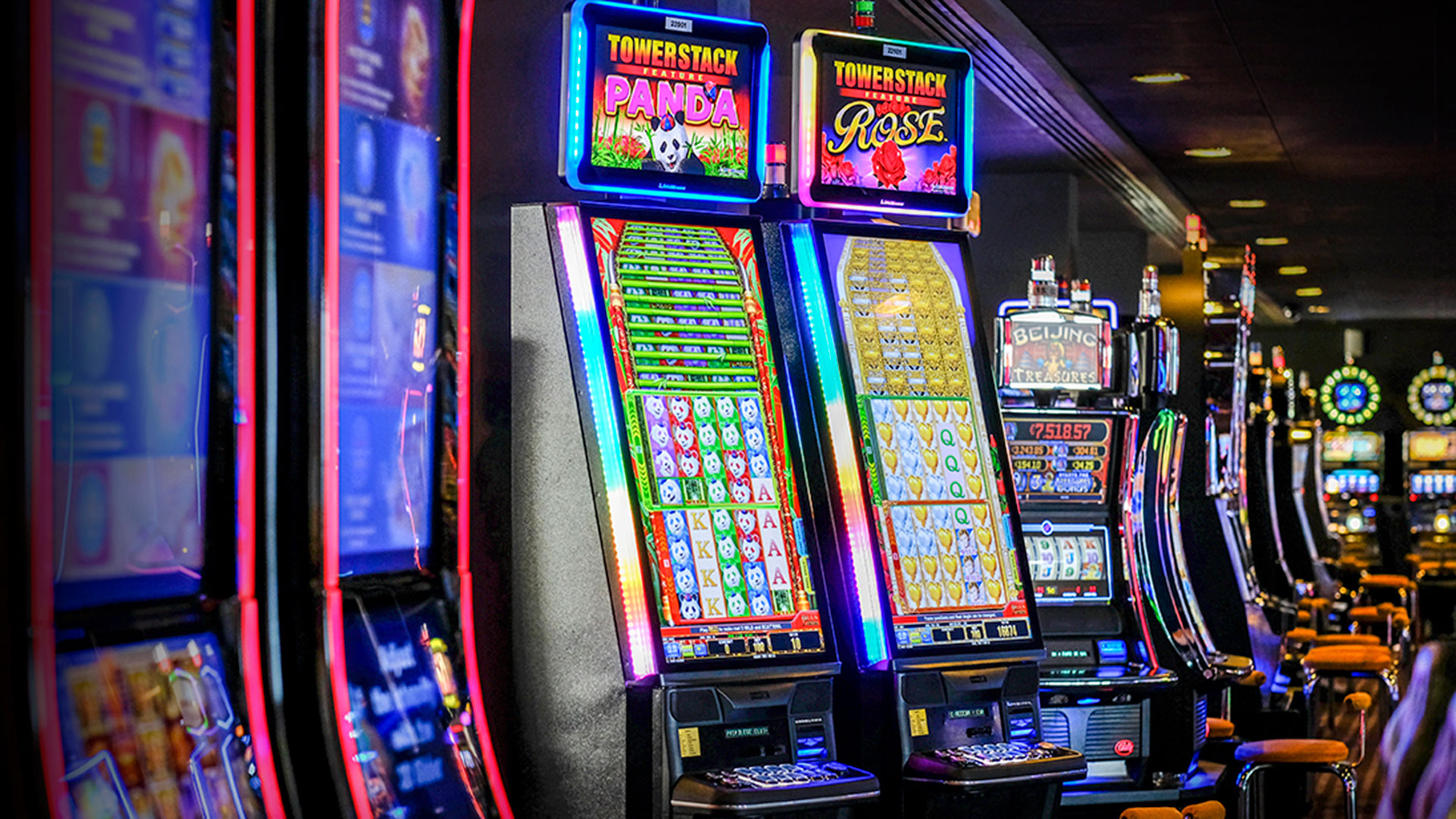
Casino experiences have long captivated people’s attention, drawing players into a world filled with chance, planning, and the allure of excitement. Each experience is painstakingly crafted not just for entertainment, but also to evoke particular emotional responses that keep gamblers engaged and interested. Understanding the drives behind these designs reveals much about how behavioral psychology plays a crucial role in the gaming experience.
From the dazzling lights and dynamic sounds to the complex layering of guidelines and payoffs, casino games are designed to create an atmosphere of thrill and anticipation. Game designers leverage mental cues to influence player behavior, whether through the use of big prizes, near-miss scenarios, or social interactivity. By examining these factors, we can better appreciate how casino games fulfill not just a need for entertainment, but deeper psychological needs for excitement and hazard.
Grasping Player Behavior
Casino games are crafted with a deep grasp of gamer psychology, which is crucial for attracting and holding players. The excitement of the game, coupled with the anticipation of winning, produces a strong attraction. Game designers employ elements like audio cues, vibrant graphics, and immersive gameplay to seize attention and generate emotional responses. These sensory experiences enhance the immersive experience, making players feel more involved in the game.
Another important aspect of player behavior is the concept of risk/reward dynamics. Casino games often balance high-risk scenarios with the potential for considerable rewards, which can cause the phenomenon known as near-miss effect. When players come near to winning, the brain secretes dopamine, reinforcing their behavior and prompting them to persist playing in search of that hard-to-reach win. This cycle of anticipation and disappointment plays a crucial role in how games are structured and marketed.
Lastly, community aspects also play a pivotal role in player behavior at casinos. Many games are made to be played in pairs or alongside other players, fostering a sense of togetherness and shared experience. The social interaction inherent in games like blackjack enhances enjoyment and can culminate in prolonged gaming periods. Designers take advantage on this by crafting environments that prompt players to remain, interact, and revisit, making the overall casino experience more inviting.
The Role of Visuals and Sound
Visuals and audio play a vital role in elevating the player’s experience within gambling games. Designers utilize bold colors, striking graphics, and captivating animations to attract gambler’s attention and maintain their interest. The use of motifs, such as adventure or luxury, helps create an engaging atmosphere that takes players into another world. By connecting to the senses, these elements contribute to a intensified emotional response, prompting players to engage more deeply with the games.
Audio design is equally important in reinforcing the experience of casino games. The mix of ambient music, sound effects for winning combinations, and ambient noises creates an auditory landscape that keeps players fascinated. sv88 Sounds associated with victories, such as ringing bells or festive music, evoke feelings of thrill and reward, prompting players to keep playing. These audio cues are carefully placed to amplify the excitement of the game and create a more engaging experience.
Moreover, the synchronization of imagery and sound is crucial for supporting the game’s overall concept and mood. Each element should coordinate harmoniously to create a cohesive experience that pulls players in. The effective use of this integration not only improves user enjoyment but also increases the likelihood of repeat play, as players become more engaged in the captivating world that the gambling games offer. This thoughtful combination of imagery and sound ultimately enhances player engagement and loyalty.
Incentive Systems and Engagement
The creation of casino games significantly relies on incentive structures to keep participants engaged and coming back for additional experiences. These systems are rooted in behavioral theories that take advantage of human behavior and desire. Participants are often driven by the thrill of success, which is reinforced by instant responses through the game structure’s mechanics. This prompt satisfaction not just enhances the overall experience but also fosters a sense of achievement, prompting players to continue playing in hopes of bigger rewards.
Gaming establishments adopt various incentive systems, including jackpots, bonuses, and multipliers, to captivate participants. These elements create a level of thrill that sustains engagement. Additionally, the unpredictability of results plays a significant role in sustaining interest. The variable reward system, where wins are random but occur often enough, maintains players on edge and motivated to keep playing. This cycle of anticipation and expectation is foundational to the success of gambling experiences.
Moreover, social elements, such as tournaments and multiplayer features, boost the participation factor by leveraging the competitive nature of participants. https://sv88.channel/ The shared experience of playing with others can amplify the excitement of winning and create a community atmosphere within the gaming space. By combining these community elements with effective reward systems, gambling experiences not only offer entertainment but also foster a stronger connection among players, reinforcing their loyalty to the gaming experience.